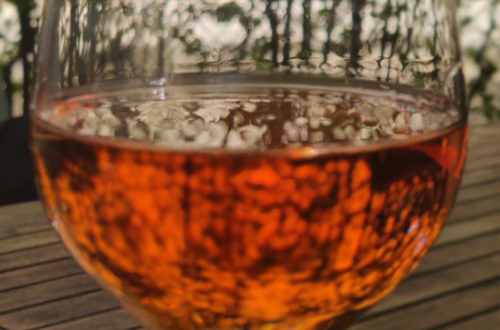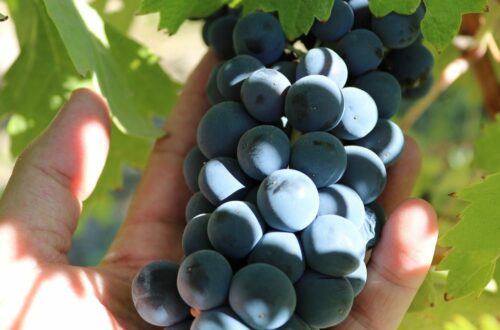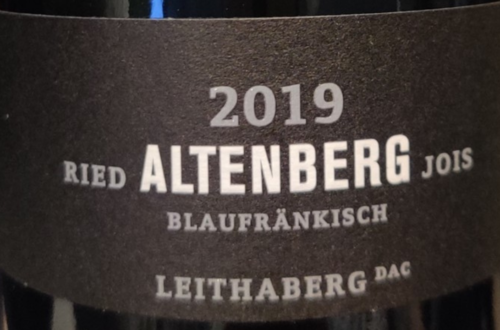
Grenache Noir Grape In Provence
As I sit down with a bottle of grenache noir from Provence, I thought I’d write a few words on this famous grape variety.
It is very famous in the wine world, but how well or how much do you actually know about Grenache?
Where does it come from? What is its flavor profile? How does it taste? More precisely, how does it taste in Provence? Is it mostly used for red wines or rosés?
Let’s find out, shall we?
(Promise, today it’s a short one! Just the time for my Grenache wine to warm up!)
The Historic Roots of Grenache Noir
Grenache Noir, also known as Garnacha in Spain, has a rich and complex heritage.
Its goes all the way back to the ancient kingdom of Aragon in northeastern Spain.
Imagine rugged mountains, dry winds, and sun-baked earth – this is Grenache Noir’s natural habitat. The grape thrived in these harsh conditions, developing a thick skin and a resilience to drought and wind. Talk about a tough cookie!
Fast forward a few centuries, and Grenache Noir starts making its way across the Pyrenees mountains, eventually finding a new home in Provence. The warm climate and dry, rocky terrain of Provence were a perfect match for this tenacious grape.
Here, Grenache Noir truly flourished, adapting and evolving to create a unique expression unlike its Spanish cousin.
Character and Evolution of Grenache Noir wines in Provence
So as we’ve seen, the scorching sun, well-drained soils, and long, warm days are Grenache Noir best friends.
Think about it this way: the intense heat concentrates the sugars in the grapes, leading to wines with higher alcohol content.
But here’s the twist: the dry soil prevents the vines from over-hydrating, resulting in wines with excellent balance and a pleasant acidity.
It’s a delicate balance, and Provence pulls it off beautifully.
Now, let’s talk about aging. Grenache Noir responds well to time in the bottle.
As the wine matures, its color evolves from a vibrant ruby red to a more nuanced garnet hue.
The flavors also undergo a transformation. In its youth, you’ll tast exuberant notes of raspberry, strawberry, and sometimes even a touch of plum.
But as the wine ages, those initial notes of ripe red berries slowly give way to more complex aromas like leather, spice, and even a hint of earthiness.
The Pivotal Role of Grenache Noir in Provence’s Rosé and Natural Sweet Wines
Now, let’s get to the good stuff – how Grenache Noir steals the show in some of Provence’s most iconic wines.
First up, the crown jewel of Provence: rosé!
Grenache Noir plays a vital role in producing these delicate pink wines. Blended with other grapes like Cinsault and Mourvèdre, it contributes to the wine’s beautiful color, its juicy fruit character, and a touch of elegance.
But you’ll also find it in red wines. Its naturally high alcohol content is balanced by the refreshing acidity. The tannins, though present, are usually smooth and integrated, pleasantly balancing the agressive Mourvèdre.
The result? Wines with a full body that feel round and pleasant on the palate.
Conclusion: Grenache Noir Grape In Provence
So, there you have it! The next time you raise a glass of Provençal rosé, remember the story of Grenache Noir – a journey from ancient Spain to the sun-drenched vineyards of Provence.
Cheers!
Other posts that you may want to check out :
Looking forward to enjoying a glass of rosé in front of Provençal landscapes?







